
Tom Livingstone and Tony Stone have climbed Longhope Route (E7 6c) (E7 6c) on St Johns Head, Hoy, established by Ed Drummond & Oliver Hill in July 1970. Tom and Tony have made the second free ascent of all 23 pitches, after Dave Turnbull and John Arran in 1997. It shares much of the Longhope Direct (E10 7a) E10 6c, first climbed by Dave MacLeod and Andy Turner in 2011 and repeated by James McHaffie and Ben Bransby in May 2013. (UKC News Report).
Tom and Tony were initially hoping to go to the Alps, but poor weather forced them to turn to 'bigger' objectives in the UK. Tom has sent in a short report of their ascent below.
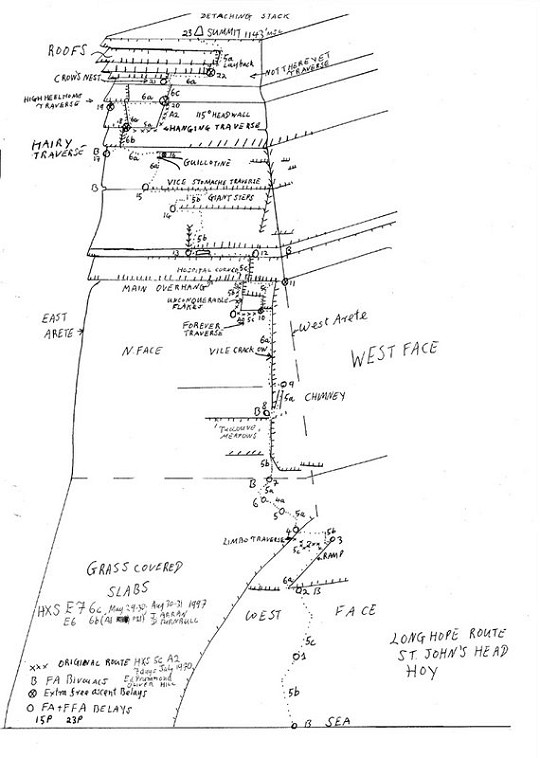
We started the route on Thursday morning and climbed to the base of the headwall (pitch 8 on Dave MacLeod's Direct topo) by late evening. The weather was perfect - no wind and warm sunshine - something we'd been waiting almost a week for.
We reached pitch 18 after climbing every pitch onsight and free, but found a wire blocking a crucial placement, protecting some pokey 6b moves above the belay. It was clearly from the 1990s/2000s as it was rusted in place but certainly not from the 1970s. We both had a look at the pitch but decided that falling from the crux moves without a new wire in place wouldn't be wise.
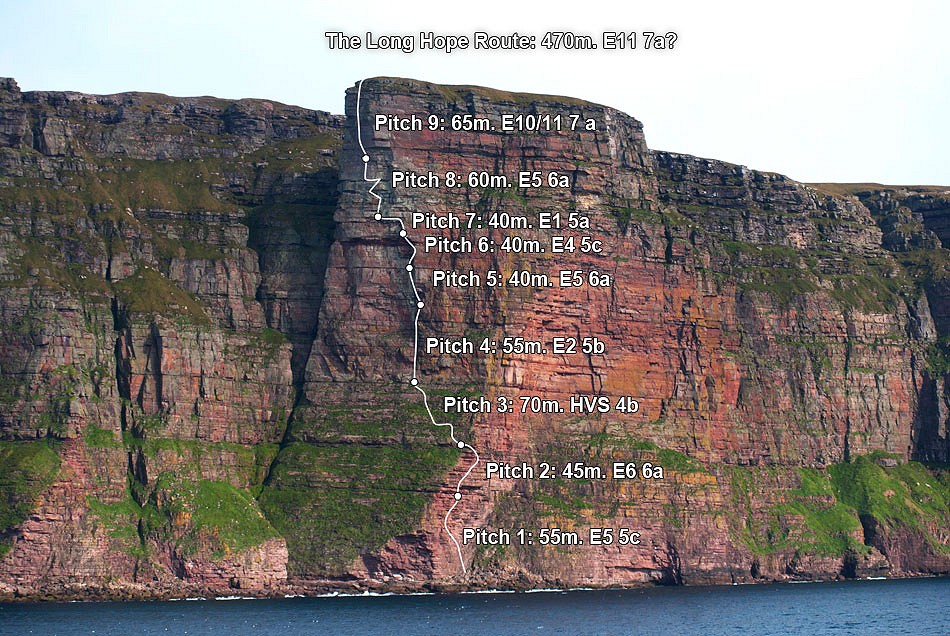
Up to this point, we had swung leads and followed the topo produced after The Long Hope Direct was climbed. We linked many pitches together and found the rock quality to vary from 'good' to 'absolute rubbish.' There were loads of fulmars on the route, sitting on ledges or hiding in breaks, which made for an unusual 'objective hazard.' They'd projectile vomit at you (in all sorts of weird colours, including bright yellow, green and red!). The best tactic was to carefully climb up to a break, making lots of noise and poking your hand quickly into the break, then duck down again. If there was no spray of vomit ejecting out of the break, you could gingerly poke your head up and see if there were any more birds, hoping it was safe.
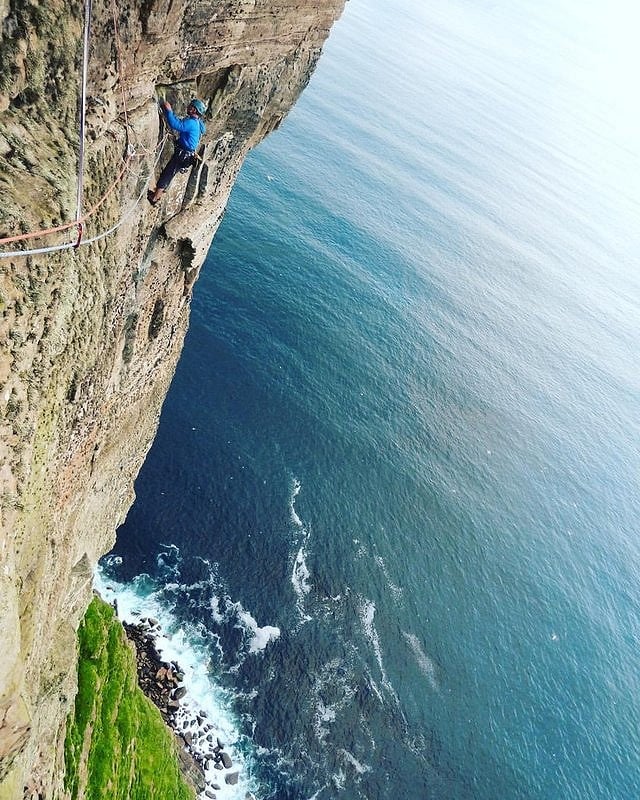
We escaped up the final two pitches of Big John (E5 6a) and topped out around midnight as it began to get slightly dark - it never got properly dark because of the time of year and latitude, which was useful! We walked back to the bothy and arrived at 4am.
The following day (Saturday) we abseiled down to our high point (pitch 18, about 70m below the summit), removed the stuck wire and then started climbing - again, swinging leads and climbing every pitch onsight and free.
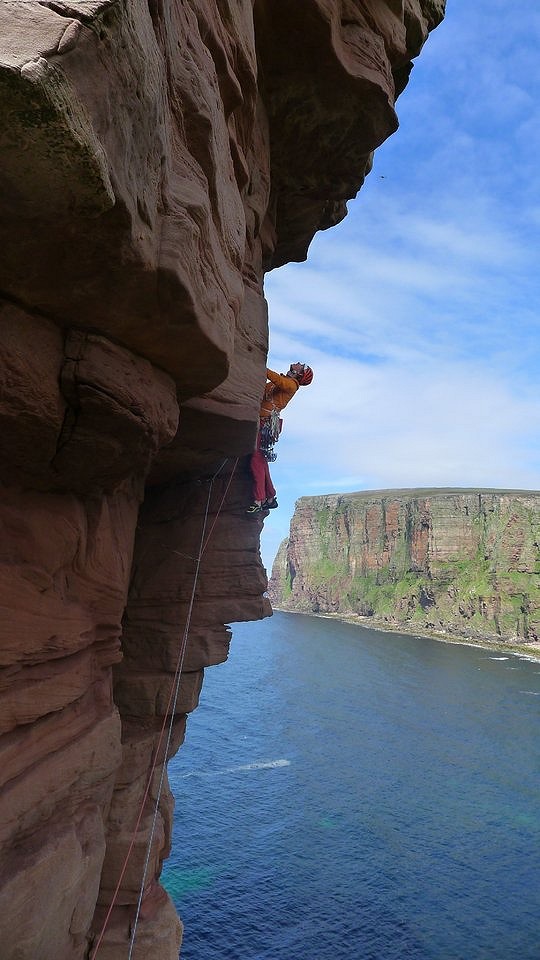
We reached the crux E7 6c pitch around 4pm. Dave MacLeod's Long Hope Direct climbs through this impressive crack, which blasts straight up the headwall. Tony went into full 'cleaning and aid' mode in order to brush the holds (covered in broccoli lichen and green gunk) and then we both worked the short pitch. Tony successfully led the crux pitch after a couple of attempts, which was very impressive and had some thin fingerlocks and an awkward high step to slap for the finishing break.
We finished up the final two pitches in glorious sunshine and walked back to the Rackwick Bay bothy very content. It would be very impressive to see the Long Hope Route get onsighted, or even to be climbed in a day.
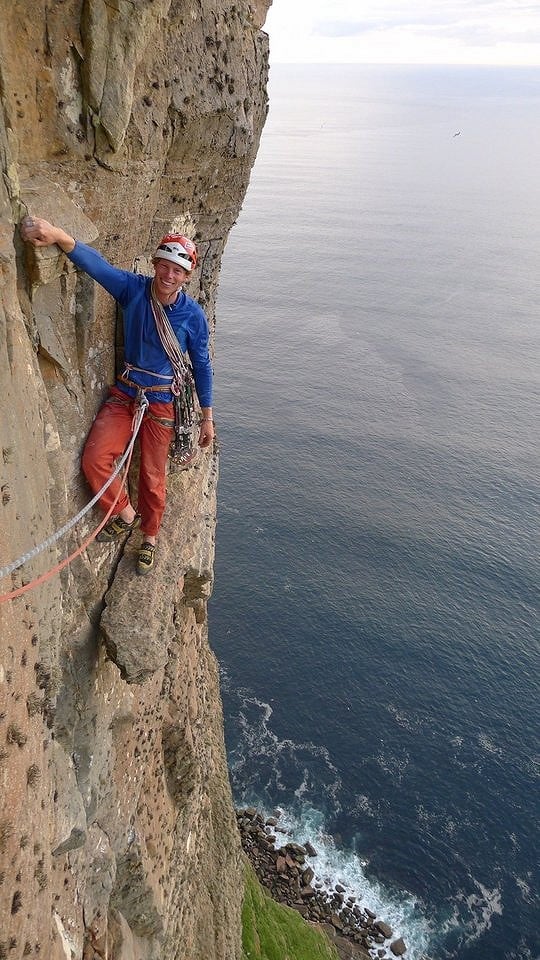
During our week-long visit to Hoy we also climbed Mucklehouse Wall (E5 6a) on Rora Head and The Old Man of Hoy. The climbing is some of the best and worst I've done in a long time, ranging from solid sandstone to lichenous, loose, sandy, covered-in-bird-shit rock and all whilst being attacked by fulmars!
It's mind-blowing to think of Ed Drummond and Oliver Hill climbing this years ago, and really impressive for Dave MacLeod, Andy Turner and Caff and Bransby to free climb the Direct - it's a wild place that belongs in Jurassic Park and one of the more impressive cliffs I've climbed on. Good effort to those guys!
Read Rob Greenwood's recent Destination Guide to Hoy and the Orkney Islands.
Watch an extract of Dave and Andy climbing the Long Hope Direct E10 6c from the Hot Aches Productions film The Long Hope:
Visit Tom's blog.




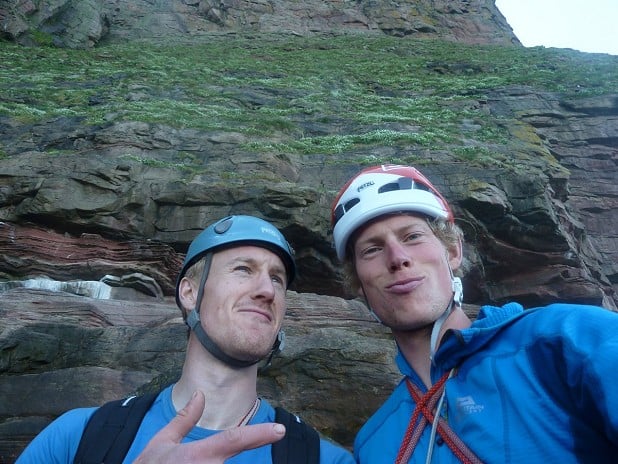
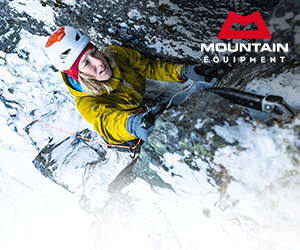



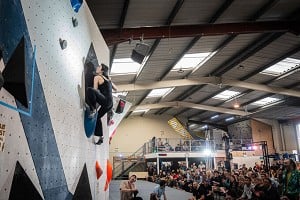
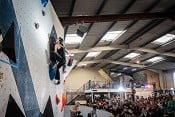

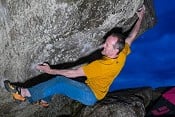

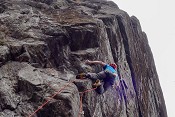
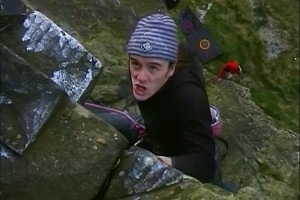
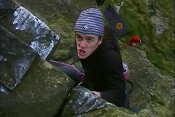

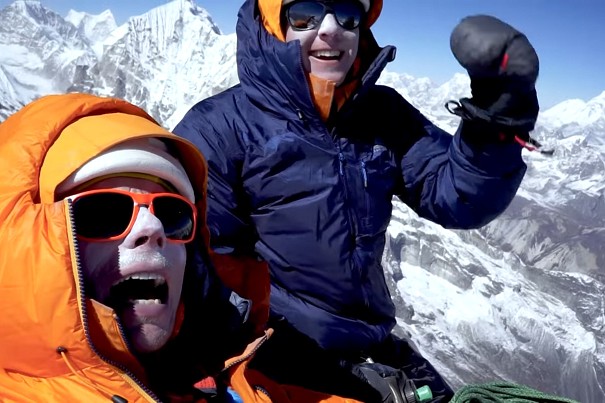
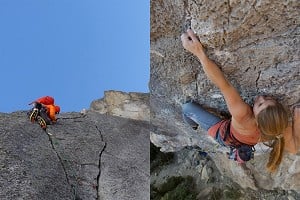



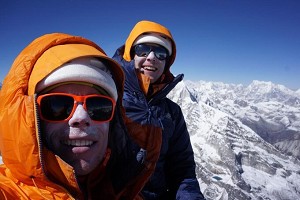
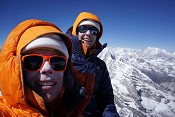

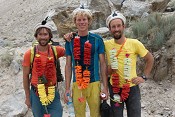
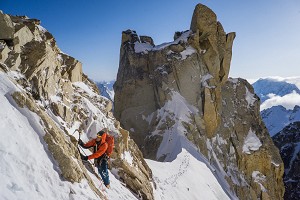
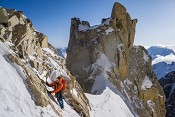
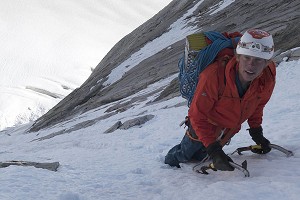

Comments